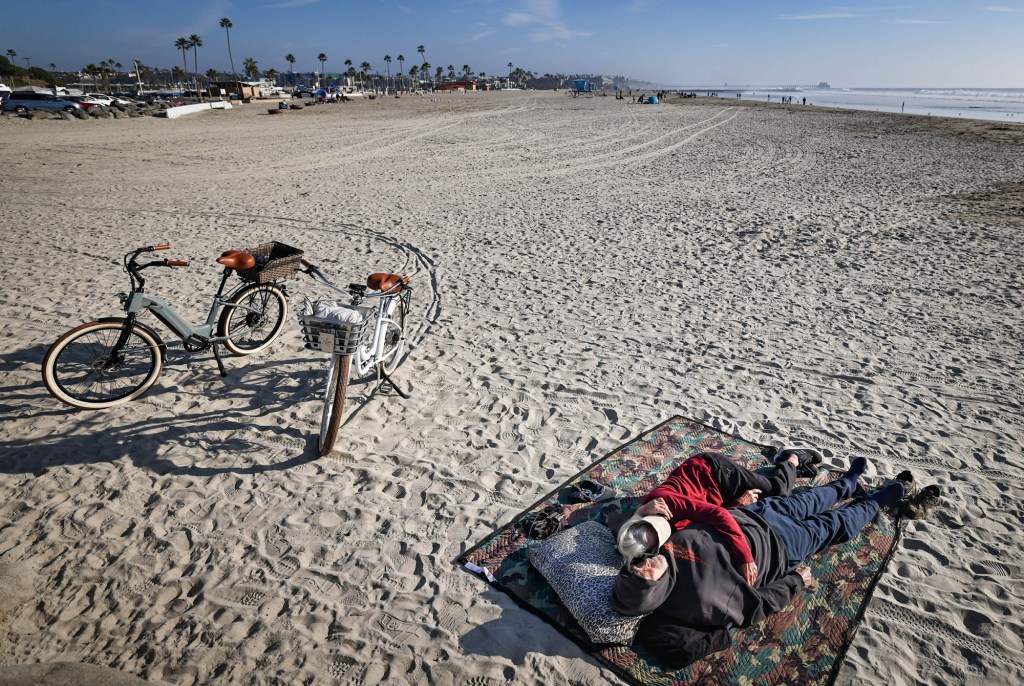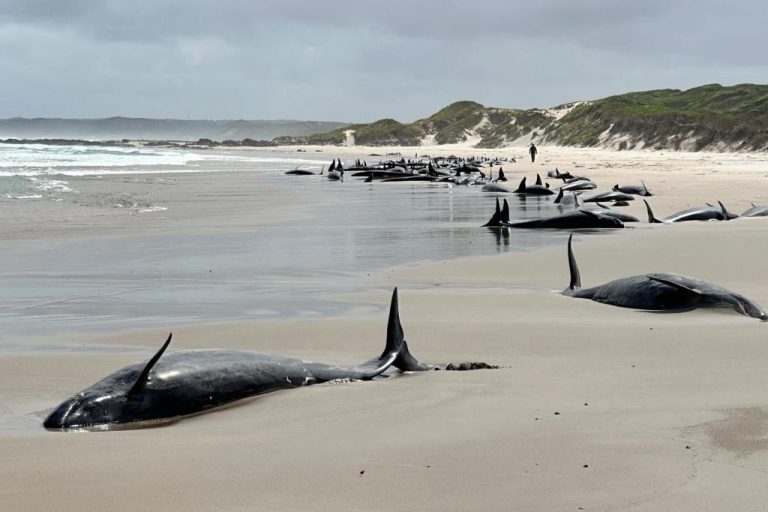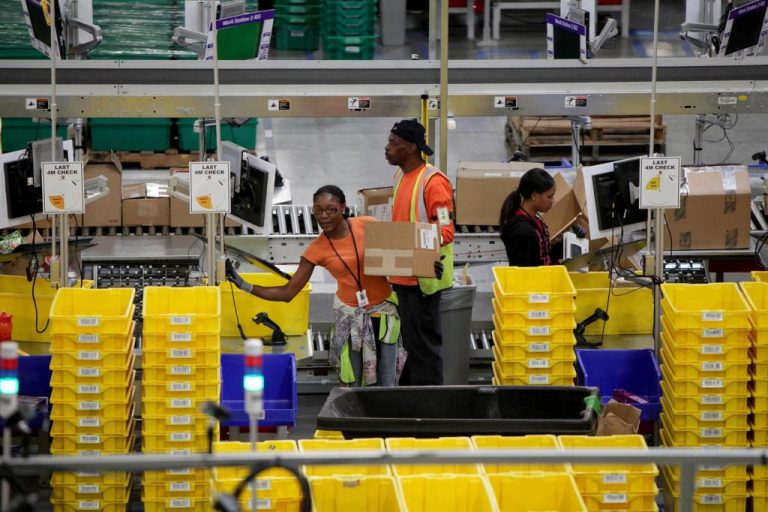

Oceanside has ruled out one of the three small sites originally proposed for restoring sand dunes and native plants to beaches between the city’s harbor and municipal pier.
The area in front of Roberts Cottages, a dozen small cabins built in 1928 along The Strand as a vacation motor court, was dropped after residents complained that the restoration would ruin their views and limit access to the ocean.
“The project team is trying to determine a new location to restore dunes along North Strand beach, amounting to 0.07 acre … or (about) 3,000 square feet,” said Jayme Timberlake, the city’s coastal zone administrator, on Tuesday. “We will likely target areas that provide benefits to public resources like beach access, picnic tables, pedestrian paths.”
The city accepted a $56,000 state grant in December 2023 for a pilot project on three separate sites to preserve sand, create wildlife habitat and protect nearby parking lots and structures.
Areas best suited for the dune restoration are places where the beach is widest and dry sand will allow dunes to grow naturally using the proposed restoration techniques, Timberlake said.
Oceanside beaches were wider and lined with dunes before the construction of the Camp Pendleton boat basin in 1942 and then the city’s harbor built in the 1960s. Those facilities and their long, rock jetties stopped the natural migration of sand to the south.
The largest of the three sites proposed for dunes is closest to the harbor, a half-acre at the edge of the North Jetty parking lot. The dunes there would replace some rock riprap and plastic K-rails installed there by the city to keep waves and sand out of the paved lot.
The other area still being considered for dunes is at the broad, sandy mouth of the San Luis Rey River. That site needs the fewest modifications, probably just sand-retaining, wooden-slat fencing or stakes and a barrier to keep pedestrians and cyclists out.
Timberlake presented an update on the project Monday at a meeting of the city’s Harbor and Beaches Advisory Committee, where some members were skeptical of the proposal.
“This does not fit Harbor Beach at all,” said committee member Carolyn Krammer. “Even in the middle of winter this is the most used beach in all of North County … I don’t see giving up one square of beach and taking away access for plants, versus people who desperately need a beach to recreate on.”
The dunes and plants would occupy about half an acre now taken up by boulders and plastic barriers, leaving the remaining 18.5 acres of beach open, Timberlake said.
“All the benefits of Harbor Beach are still there,” she said. “You can still go down to the fire pits. You can still go and see the sunset. You can absolutely still surf and have surf contests there. Everything is still there.”
Committee member Ernie Prieto supported the project.
“What’s getting lost here is that this is a natural attempt to maintain sand,” Prieto said. “That’s what this is all about. There are other ways, sure. The K-rails work. I think we are trying to get rid of the idea of having plastic K-rails on the beach.”
Another commissioner said people might feel better if the project had clearer goals for success, such as specific measurements for the amount of sand retained.
Timberlake said the goals are loosely defined because the project is an affordable, easily implemented solution that could be expanded if people like the results.
Several public speakers supported the project.
“Let’s give it a shot,” said Mitch Silverstein, an Oceanside resident and policy manager for the Surfrider Foundation. “We lose very little and have a lot to potentially gain. Give dunes a chance.”
Kathleen Steindlberger, a Carlsbad resident and former member of that city’s Beach Preservation Commission, encouraged the committee to support the project because other coastal communities could learn and benefit from it.
“I understand you want exact results, you want to make it scientific,” Steindlberger said. “Unfortunately, we can’t predict the storms that are going to happen next year, we can’t predict the waves … This is not an exact science, like an experiment in a lab. This is nature. It’s just a different animal.”
The next step for the project is to get a coastal development permit from the California Coastal Commission, Timberlake said. If approved, construction could begin next fall.
Originally Published:







